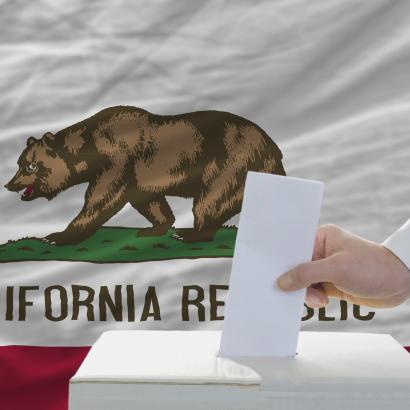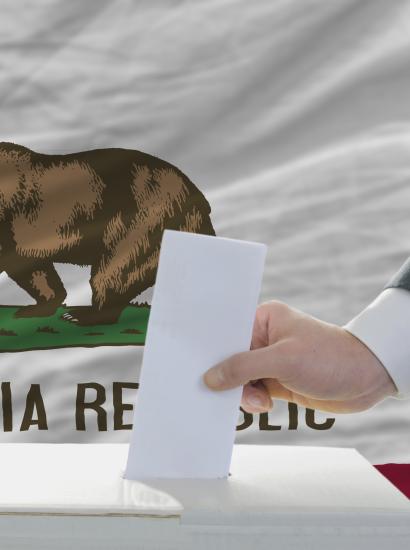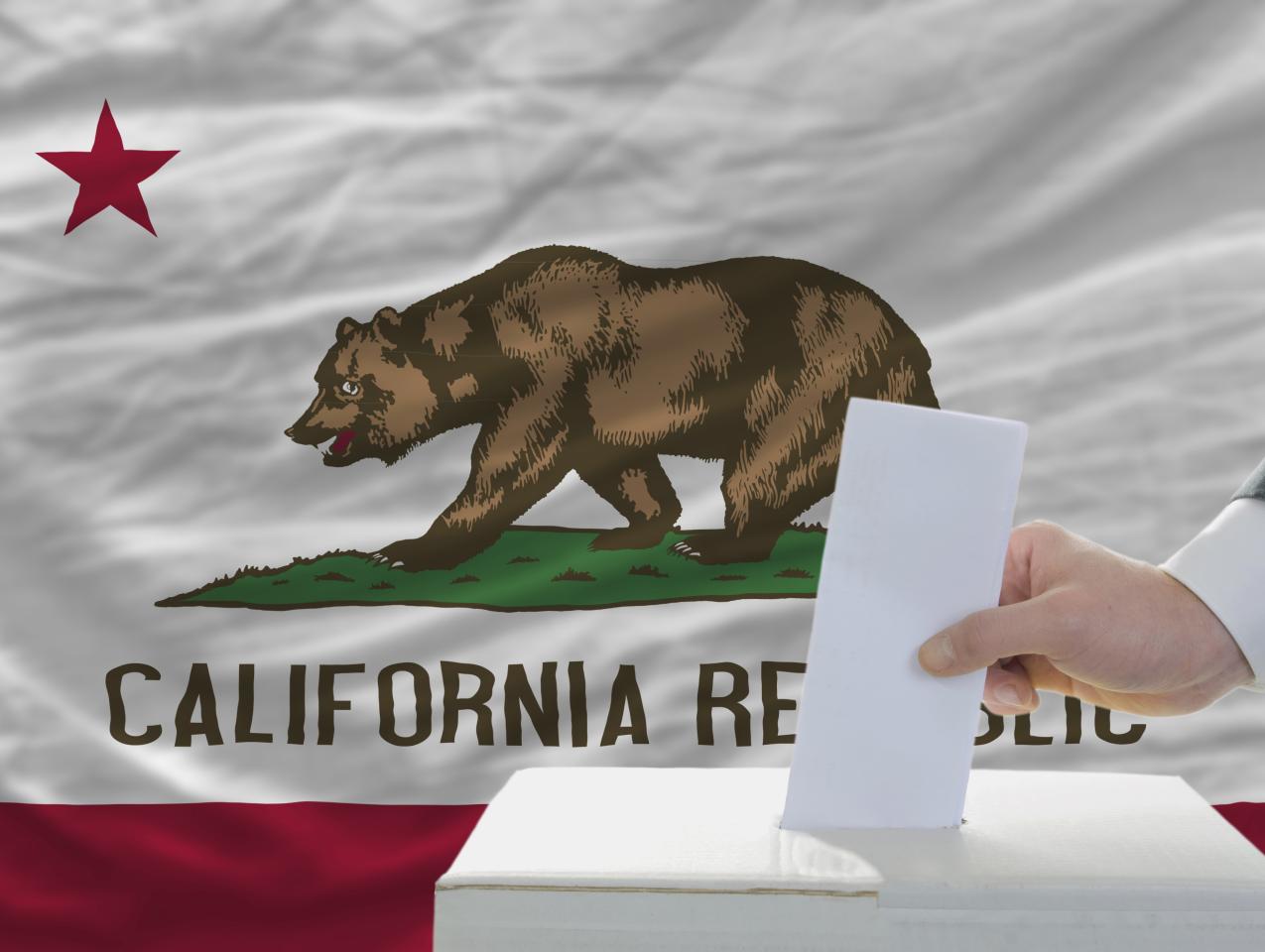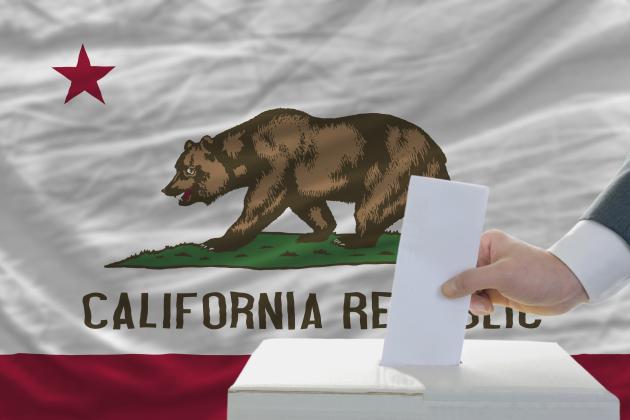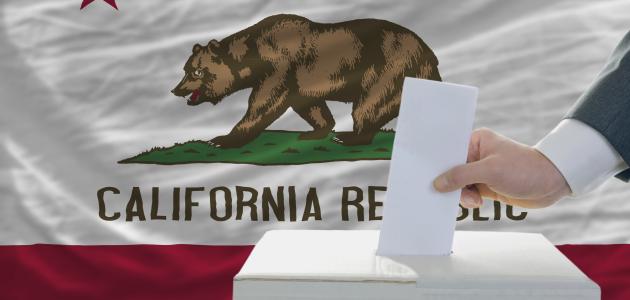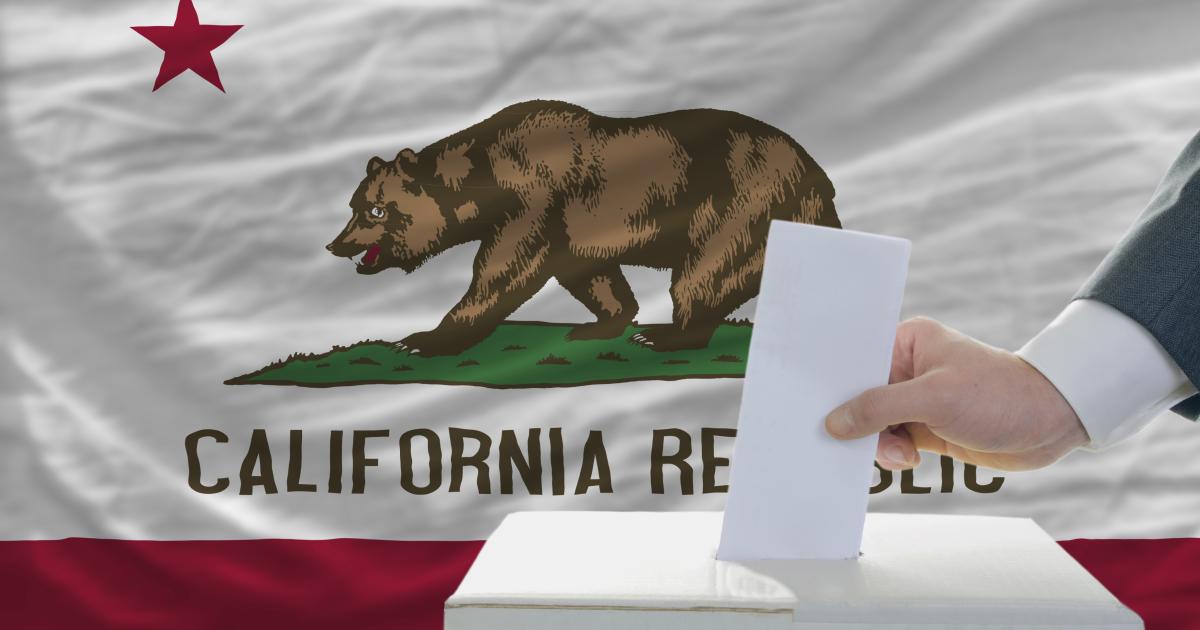It seems like eons ago, given the many plot twists this past election season, but it was only a year ago at this time that America’s political ecosystem was bracing for a televised, post-Thanksgiving debate between California governor Gavin Newsom and his counterpart in Florida, Ron DeSantis.
Translation: arguments for and against America’s blue- and red-state ways of life.
A year later, based on both election returns and Donald Trump’s appointee choices as he prepares to return to power, the verdict is clear: the Sunshine State i the clear-cut winner, with voters preferring the “Florida Man” to the California woman, and a new administration tapping more Floridians (Senator Marco Rubio, congressmen Matt Gaetz and Mike Waltz) than Californians (Robert F. Kennedy Jr.) for prominent Washington jobs.
Florida also “won” the election in another regard: its ability to process votes far more efficiently than its blue foil out west.
On Election Night, Florida called its preliminary results not long after 8 pm EST (final results were due at the beginning of this week). That’s due in part to the state having a strict receipt deadline for absentee ballots (ballots that don’t arrive by 7 pm on Election Day aren’t counted, regardless of when they were mailed).
California, on the other hand, tallies votes at a pace that would shame even snails —almost one-third of the Golden State’s ballots were still uncounted after polls closed on Election Night, with the state allowing the process to run through December 3. Why the delay? Because California’s all-mail voting system requires added verification steps (opening, validating, and processing individual ballots) that drags out the process.
Not that California would ever turn to Florida, hat in hand, for advice on how to conduct elections (one of 2025’s political plotlines: Does Newsom find time, when he’s not tilting at Trumpian windmills, to resume his feud with DeSantis?). Still, one wonders what the consequences would be if the Golden State were to adapt its ballot initiatives to Florida’s rules—specifically, the majority requirement for enacting measures.
For nearly the past two decades, following the passage of 2006’s Amendment 3, Florida has required a 60% threshold for passing constitutional amendments (Amendment 3, appropriately enough, receiving nearly 60% voter support). Not surprisingly, given Florida’s conservative drift (Republicans now far outnumbering Democrats), only two of six measures on the November ballot cleared the bar: Amendment 2 (establishing a constitutional right to hunt and fish in the Sunshine State) and Amendment 5 (tying homeowners’ homestead exemption for property taxes to inflation rates).
And what didn’t make the cut? Most controversially, Amendment 4 and a failed attempt to deal a blow to Florida’s six-week abortion ban by enshrining abortion rights in the state’s constitution (“No law shall prohibit, penalize, delay, or restrict abortion before viability or when necessary to protect the patient's health, as determined by the patient's healthcare provider”).
Also going up in flames (or smoke, if you will): Amendment 3 and a failed run at legalizing recreational marijuana use. Though it received 55.9% support statewide, Amendment 3 fell short of the 60% threshold by roughly 436,000 votes, while Amendment 4 (57.2% support) missed the mark by roughly 301,000 votes. (A sidenote: Amendment 4 received only 40,000 fewer votes than Trump in Florida).
What this suggests: In a Florida that’s become increasingly conservative in its political outlook, the 60% threshold reins in progressive ideas.
The question is: What if California went Florida’s route and likewise required supermajority approval of ballot measures?
Earlier this month, Californians voted on 10 initiatives in all. At present, six lead in the popular vote, while four trail. Apply the 60% threshold and only three measures would still pass—Proposition 3 (it repeals 2008’s Proposition 8 by declaring “the right to marry is a fundamental right" for all, including same-sex couples); Proposition 35 (permanently authorizing a tax on managed care organizations to be used for increased Medi-Cal programs); and Proposition 36 (increasing penalties for drug and theft crimes—and the leading vote-getter among initiatives, with 68.6% support).
And which California ballot measures, which are currently ahead, wouldn’t make the 60% cutoff? Proposition 4, a $10 billion climate bond (59.5% support); Proposition 2, a $10 billion bond for public school and community college facilities (58.4% support); and Proposition 34, which would restrict how providers spend prescription drug revenue (50.7% support).
All of which would be music to the ears of fiscal conservatives, representing $20 billion in bond obligations California might otherwise avoid (factoring in interest payment, the real cost to taxpayers is closer to $32 billion).
Then again, the pendulum swings both ways—and in a state far bluer than Florida, California social conservatives might find some of their winning causes stifled.
Take the example of Proposition 8, which reversed a state judicial ruling that legalized same-sex marriage in the Golden State by defining wedlock as solely male-female. It received 52.2% support, missing the 60% standard by a little over a million votes. Going further back, 1996’s Proposition 209 (ending race-based admission policies in California public universities) fell short of the 60% mark by roughly 525,000 votes; 1994’s Proposition 187, denying public health and education services for undocumented Californians, was roughly 92,000 votes shy of reaching 60%.
And there’s one consideration to keep in mind: the concept of political leverage.
Whereas Florida is a state that can boast a Republican government “triplex” (GOP governor, state attorney general, and secretary of state), plus Republican supermajority control of the state legislature, the Golden State is the polar opposite: Democrats rule high and low, including an ongoing supermajority control of California’s state legislature.
What that means in the grander scheme of Sacramento and state politics: For the party out of power and for champions of non-progressive policies and causes, the initiative process serves as a vehicle for circumventing a disinterested legislature, or for leveraging lawmakers with the threat of taking a policy debate to the ballot and letting voters decide.
A perfect system it’s not, but it allows conservatives to maintain some semblance of relevancy in California policymaking (the other avenue being using the courts to counter the left’s heavy-handedness, which of course can be expensive and time-consuming).
So perhaps it’s best that California leave its initiative process as is. And if that’s not good enough, here’s an unoriginal thought: join the California exodus headed Florida’s way.








